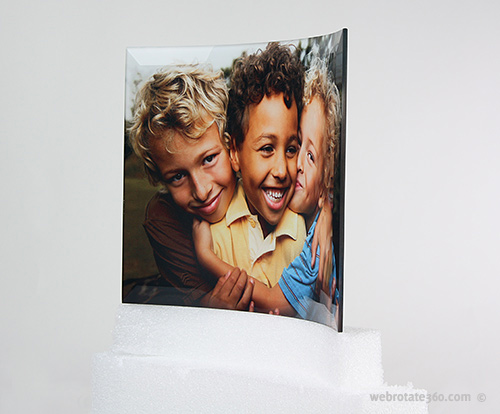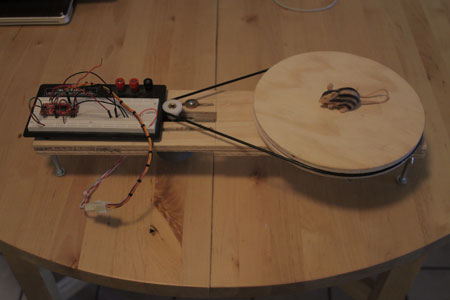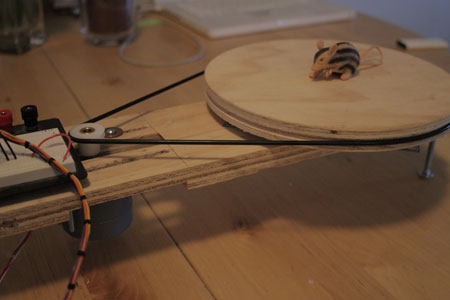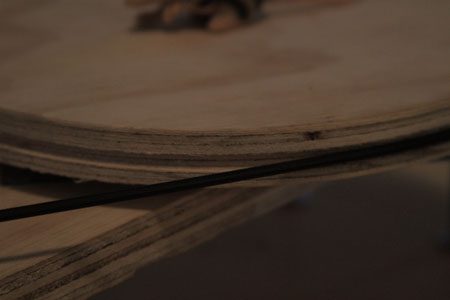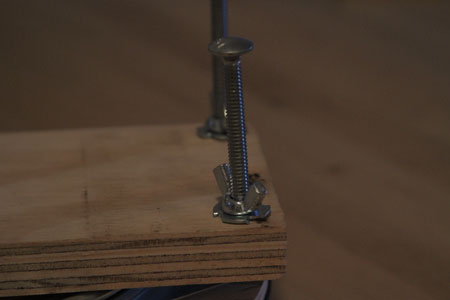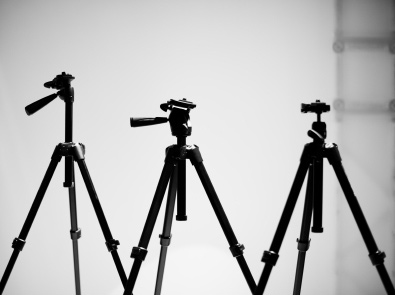Here's a quick tip on how to work around one of those issues that we often have to deal with when photographing reflective products, which is especially applicable to our 360 product photography.
If we take a cell phone or an iPad or a similar product with a reflective screen and place it on our turntable "as-is", and then try to shoot it straight such that our camera points straight towards the screen, we will notice immediately that our 360 photography turntable can be distinctively seen as a white curvy reflection on the product screen. The table reflection will stay there on the screen on pretty much all 360 product shots where the screen is visible as light from our lighting will bounce of the turntable and will reflect straight to our camera via reflective surfaces on the product.
This is pretty much impossible to avoid as we still need plenty of light around our product and any kind of a bounce or reflective card we would use to block the light may not let us to eliminate the reflection completely. Not to mention the time required to properly adjust the bounce card for 10-15 images, which is a daunting task on its own.
The answer to this problem is pretty straightforward - we just need to raise the product above our turntable just enough to hide the reflection for our chosen camera angle. It may require some additional work as mounting a product above the table will often require building a custom base that has to fit and hold the product in a desired configuration. We have been using solid wooden blocks that we would cut into different shapes and that worked great. With wood though you have to be sure to wrap it up in some sort of white tape or white paper to ensure that it doesn't produce a yellowish cast on your product images.
Recently we started using Styrofoam and it works much better as it's easier to cut and we don't need to worry about the color cast as it's pretty much neutral light Grey. You can get various shapes and sizes of Styrofoam blocks in your local arts and crafts store or order online.
Of course if you have 360 product photography equipment that allows you to mount and rotate a product from the top, this is not an issue. From our experience though most of electronics with reflective surfaces and similar products have to be shot upright mounted on a turntable one way or another.
Here's a few images to better illustrate the problem and our solution:
The curvy glass frame is sitting right on the turntable and we can clearly see its reflection:
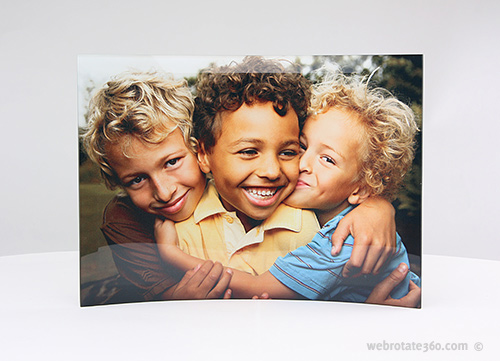
Let's now cut a Styrofoam stand with a narrow platform just enough to hold the thin glass frame:

Now the table reflection is gone on all 360 degree images:
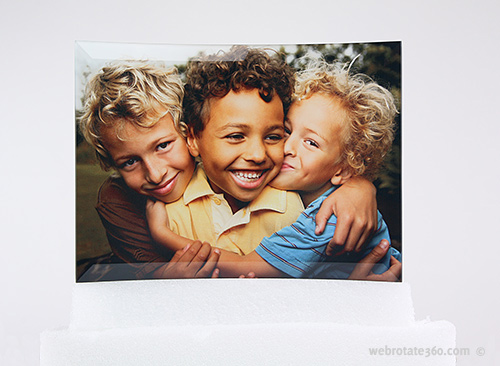
Even from these "tough" angles it still look reasonably well:
